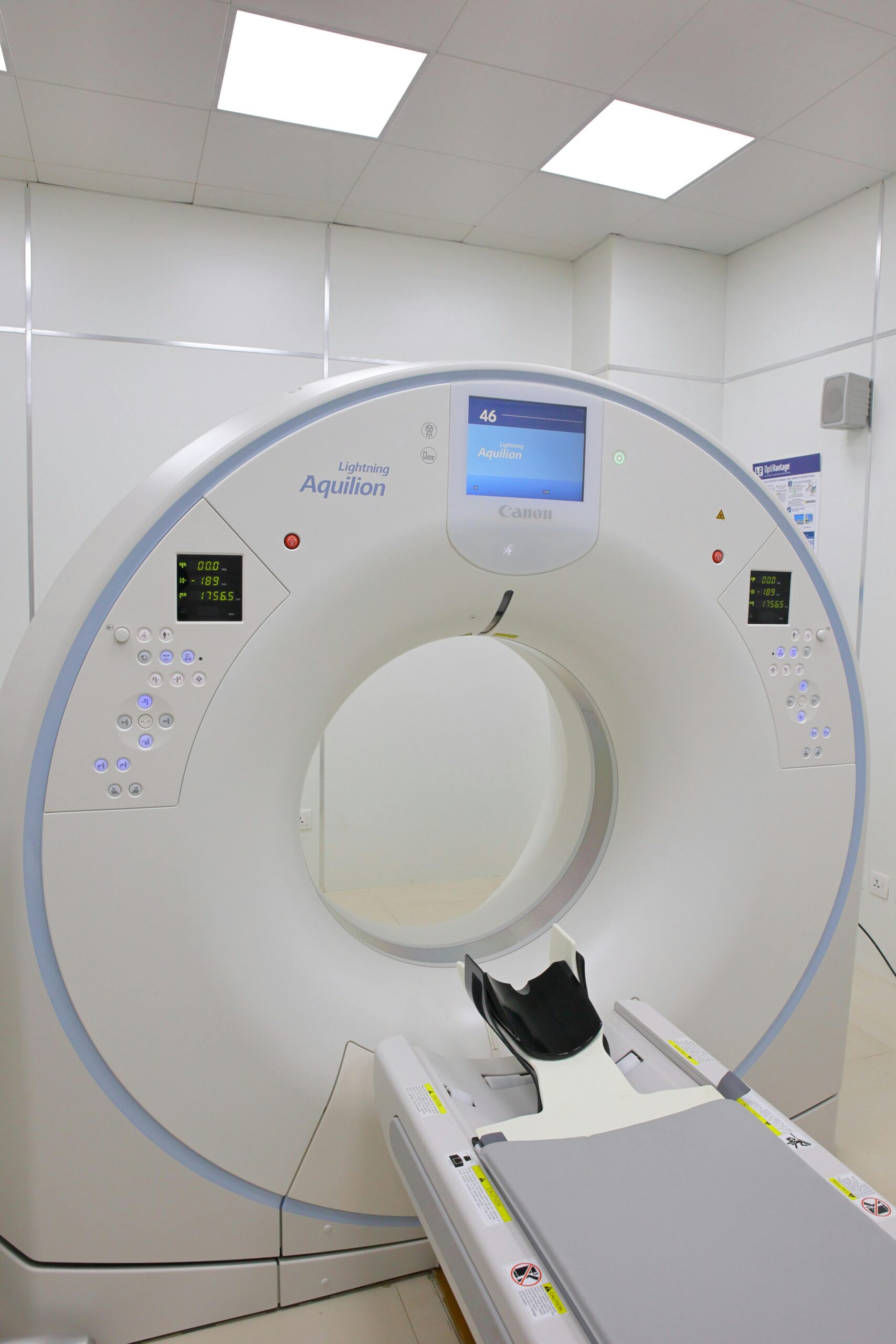I. Introduction
A. In the realm of modern medicine, the adage "prevention is better than cure" holds true, emphasizing the critical importance of early disease detection.
B. Magnetic Resonance Imaging (MRI) has emerged as a revolutionary force, significantly advancing diagnostic capabilities and playing a pivotal role in identifying health issues at their nascent stages.
II. Evolution of MRI Technology
A. Historical Context: The journey of MRI from its inception to becoming a cornerstone in medical diagnostics.
B. Milestones in Innovation: Explore key breakthroughs that have propelled MRI from a basic imaging tool to a sophisticated diagnostic powerhouse.
III. Early Disease Detection
A. How MRI Enables Early Detection: Delve into the mechanics of MRI and its unique ability to identify various medical conditions in their early phases.
B. Case Studies: Illustrative examples of successful early diagnoses using MRI, highlighting its impact on patient outcomes.
IV. Precision in Imaging
A. High-Resolution Imaging: Understand the significance of high-resolution imaging in enhancing diagnostic accuracy.
B. Advancements in Contrast Agents: Explore how developments in contrast agents contribute to more detailed and informative MRI scans.
V. Tailored Treatments
A. Customized Treatment Plans: Examine how MRI findings are instrumental in crafting personalized and effective treatment strategies.
B. Influence on Treatment Decisions: Specific instances where early detection through MRI has directly influenced the course of treatment for various diseases.
VI. Emerging Technologies
A. Overview of Latest Innovations: Explore the cutting-edge technologies that are shaping the future of MRI diagnostics.
B. Future Possibilities: Anticipate potential breakthroughs in MRI technology and their implications for healthcare.
VII. Challenges and Considerations
A. Limitations of Current MRI Technology: Understand the existing challenges and constraints in the field of MRI diagnostics.
B. Ongoing Research and Development: Highlight the efforts underway to address current limitations and push the boundaries of MRI capabilities.
VIII. Real-World Impact
A. Testimonials: Heartfelt stories from patients whose lives were positively transformed through early disease detection facilitated by MRI.
B. Statistical Data: Present data showcasing improved outcomes and survival rates attributed to early detection and treatment guided by MRI.
IX. Ethical and Social Implications
A. Accessibility and Affordability: Examine the ethical considerations surrounding the accessibility and affordability of advanced MRI technology.
B. Ethical Considerations: Discuss the ethical dimensions associated with utilizing MRI for early disease detection and its implications on patient care.
X. Conclusion
A. Recap: Summarize the pivotal role MRI innovations play in reshaping the landscape of early disease detection.
B. Anticipation for the Future: Conclude with an optimistic outlook on the potential impact of future MRI advancements on the realm of healthcare, emphasizing a continued commitment to advancing medical diagnostics for the benefit of all.
